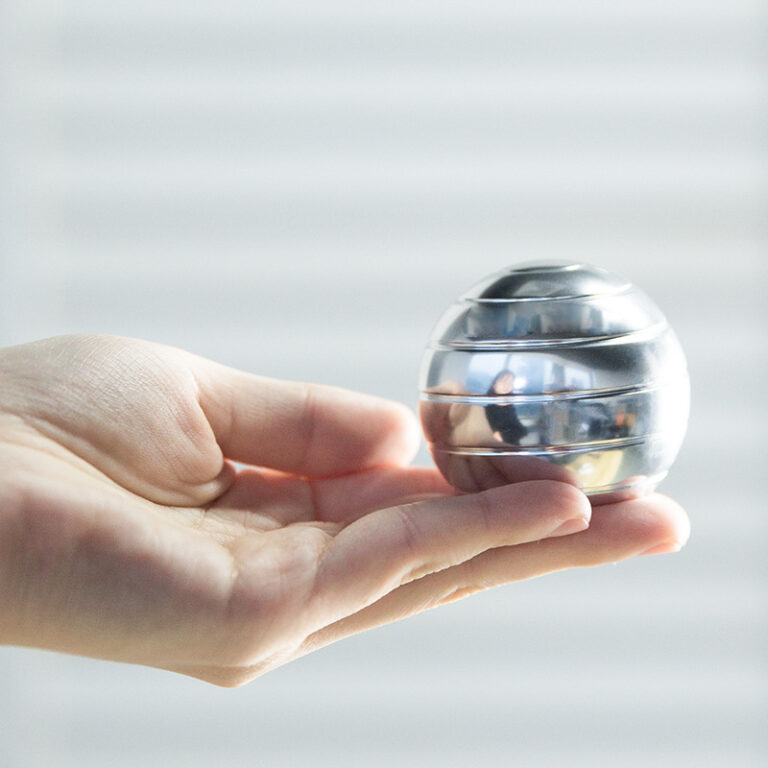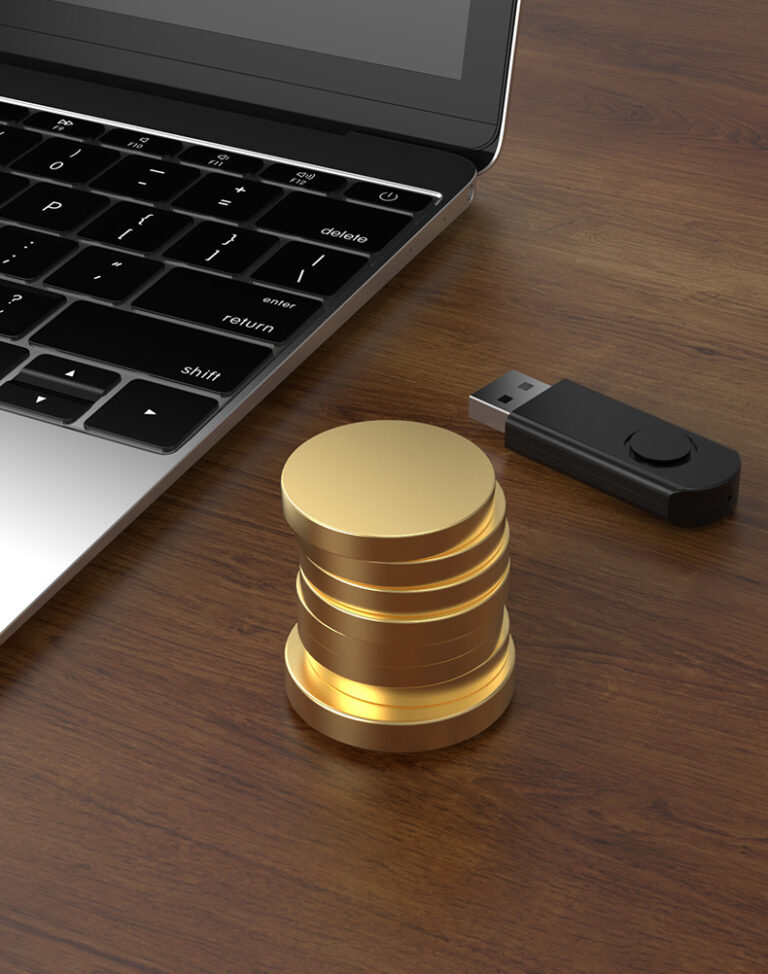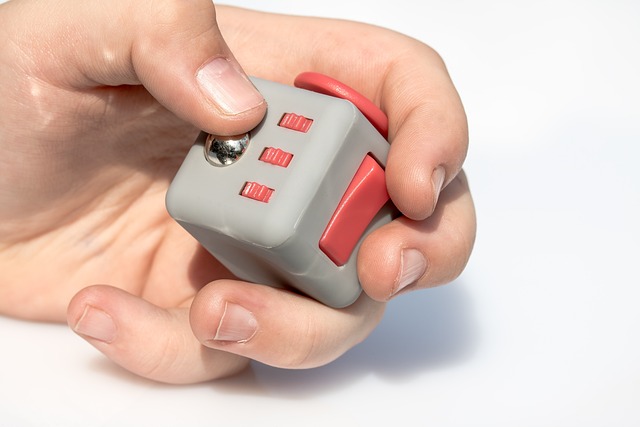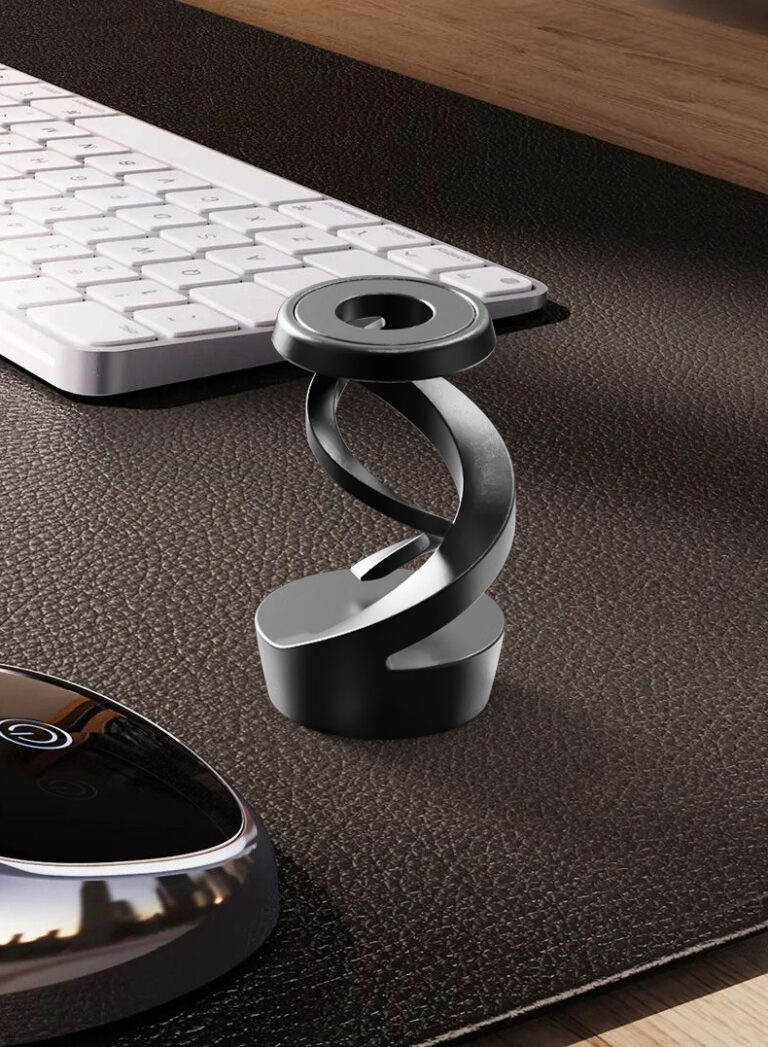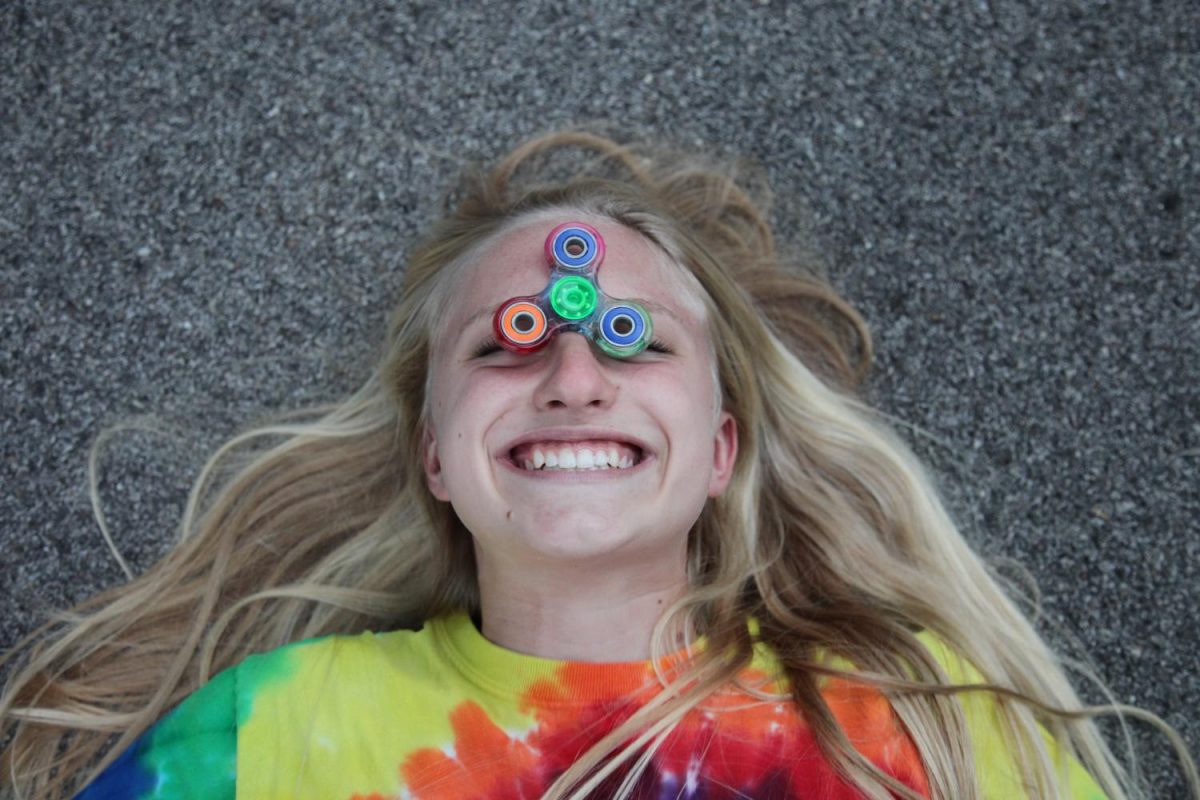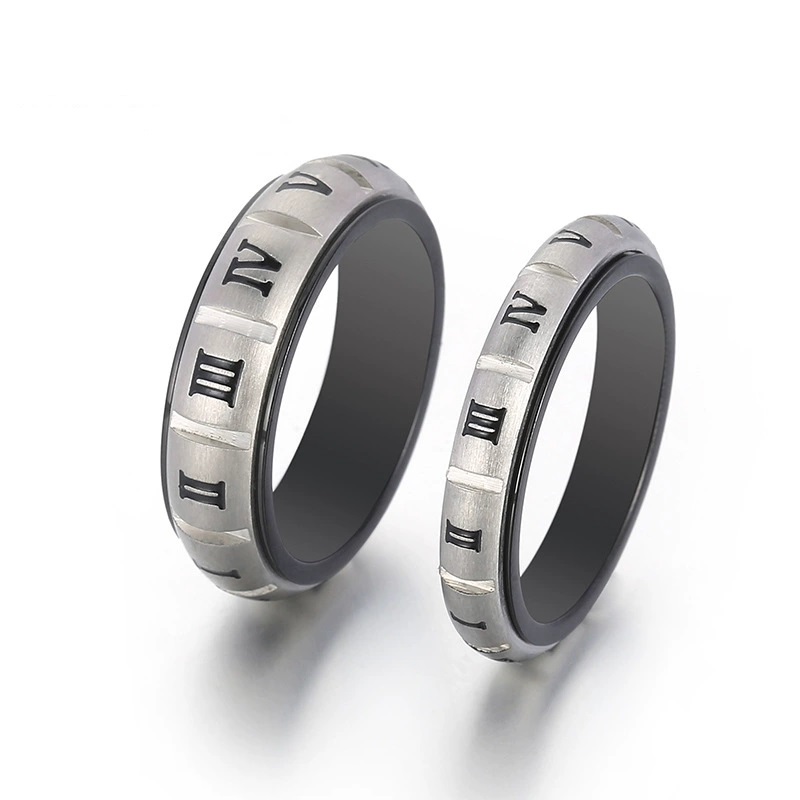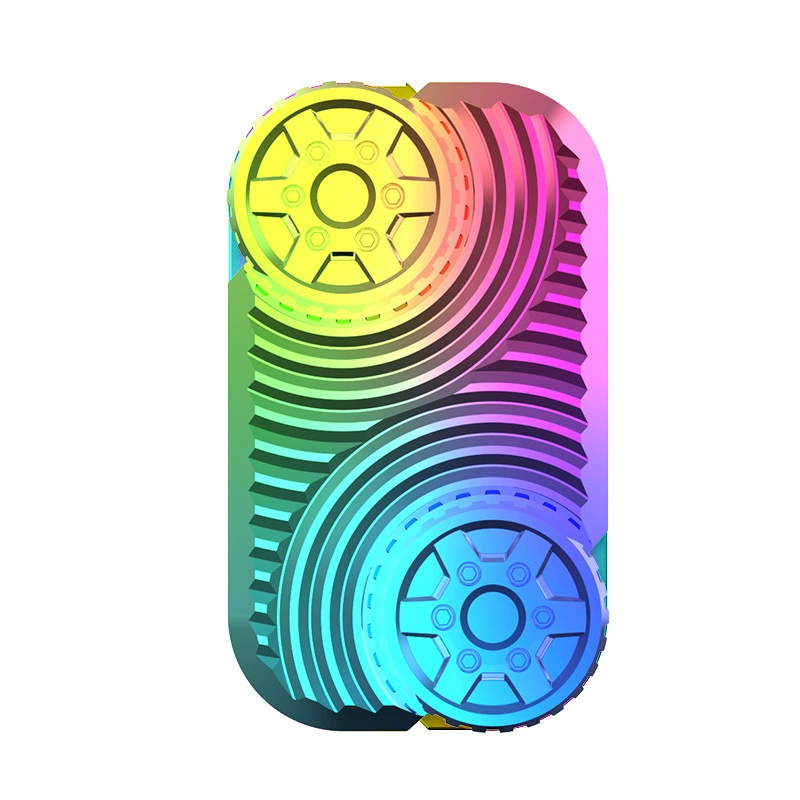-
Shenzhen City, GuangDong Province, China
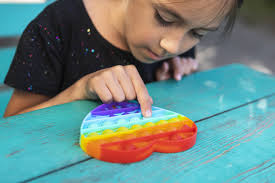
Does Fidget Toys Help ADHD?
Do you ever wiggle in your chair? Do you tap your feet? Lots of people do! Some people have ADHD. ADHD stands for Attention Deficit Hyperactivity Disorder. It can make it hard to sit still or pay attention.
Some people think fidget toys can help. Fidget toys are small things you can hold and play with. Think of fidget spinners or stress balls. Can these sensory stimulation tools really help kids with ADHD? Or teens with focus issues? Or even adults with anxiety?
This guide will tell you what science says. We will look at:
- What ADHD research studies show.
- What the best fidget toys for ADHD might be.
- When these toys might help (and when they might not).
- What experts like Dr. Dustin Sarver think.
Let’s find out if these ADHD focus strategies work!
Table of Contents
What Science Says About Fidget Toys and ADHD
Do fidget toys help you focus? It’s a big question! Scientists are trying to find the answer. There have been studies, but the results are mixed. This means some studies say yes, and some say maybe not.
What Some Studies Found:
- More Focus? One study looked at kids with ADHD in class. When they used fidget spinners, they stayed on task more. About 44% more! That sounds good! But…
- Distracting Others? The same study found that other kids nearby got distracted. About 33% of classmates said the spinners bothered them. So, a toy might help one child but disturb others. This shows the clinical effectiveness debate is ongoing.
- Better Skills? Another study found that using fidget toys helped kids with ADHD improve their motor skill development. This means they got better at using their hands. But, this study did not see much attention span enhancement or better memory. Some kids even did worse on memory tests!
- Moving Helps! A big review by Dr. Dustin Sarver looked at many studies about moving and thinking. It found that small movements, like tapping a foot, can sometimes help people with ADHD think better, especially for things like math. This wasn’t about specific fidget toys, but about the idea of moving (hyperactive movements) to help the brain. It relates to cognitive task enhancement.
How Might They Help?
Why would playing with a toy help? Here are some ideas:
- Keeps Hands Busy: For someone with hyperactivity, a toy gives their hands something quiet to do. This can be a coping mechanism.
- Sensory Input: The feeling of the toy (tactile feedback) can be calming. It provides sensory processing support. This is like a calming mechanism.
- Focus Helper: Doing something small with your hands might help your brain focus on a bigger task, like listening to a teacher. It’s part of self-regulation techniques. It might help manage cognitive load.
- Outlet for Energy: It gives a way to let out extra energy without running around. It’s an outlet for excess energy. This aids impulse control.
But Be Careful!
- Not for Everyone: Fidget toys don’t work for all neurodivergent individuals. Some people find them distracting. There is individual variability.
- Too Much?: Sometimes, a toy can be too interesting or make too much noise. This is overstimulation. It can make focus worse.
- Not a Cure: These toys are just tools. They cannot replace medicine or therapy like Cognitive Behavioral Therapy (CBT). There are still empirical evidence gaps.
So, science gives us clues, but not a simple yes or no. They seem to be helpful executive function aids for some people in some situations.
Best Fidget Toys for ADHD: 8 Therapist-Approved Picks
Lots of fidget toys exist! Which ones might be good classroom accommodations or occupational therapy tools? Here are some ideas, often liked by therapists and used as special education resources:
- Pop-It Toys: These are flat silicone toys with bubbles you push. They are quiet and give nice tactile feedback. Great silent classroom toys.
- Tangle Toys®: Like Tangle Therapy®, these twisty toys keep hands busy. They are usually quiet and good for kinesthetic learning.
- Chewable Jewelry: For kids (or adults!) who chew on things. Chewigem® makes safe necklaces or bracelets to chew. This helps with oral sensory needs and anxiety reduction.
- Metal Fidget Cube Spinner: A Fidget Cube (like those from Antsy Labs) has buttons, switches, and dials. It offers many ways to fidget in one small box. Combines fidget cube and fidget spinner ideas.
- Weighted Lap Pads: These aren’t toys you play with, but small, heavy blankets for your lap. The weight can be very calming and help with sensory integration. Similar to weighted blankets.
- Liquid Motion Timers: Watching colorful oil drip down can be very calming. It’s a good visual focus aid and a portable stress reliever. Not for hands-on fidgeting, but good for calming mechanisms.
- Magnetic Rings or Magnetic Fidgets: Small rings you can spin or click together. Often discreet focusing aids for older kids or adults. Be careful with small magnets around young children.
- Stress Balls or Squish Toys: Simple, classic stress relief toys. Good for squeezing away tension. Easy to carry and use quietly.
Things to Think About When Choosing:
- Noise: Is it quiet? A noisy toy (like some fidget spinners) can bother others. Look for quiet fidgets.
- Safety: Are there small parts? Not good for young kids who might put things in their mouths.
- Feel: Does the person like smooth, bumpy (textured rings), or squishy? Match the sensory need.
- Where it’s Used: Needs differ for home versus school. Schools often prefer classroom-friendly toys or desk-friendly tools. Check the rules first! Maybe an Individualized Education Program (IEP) or 504 Plan can help get teacher-approved resources.
Finding the right ADHD sensory tools often takes trial and error. What works well for one person with ADHD, Autism Spectrum Disorder (ASD), or Sensory Processing Disorder (SPD) might not work for another.
When Do Fidget Toys Work Best?
Okay, so we know what fidget toys are and what science says. But when should you use them?
Good Times to Use Fidget Toys:
- During Long Tasks: Like homework, listening to a long talk (focus during lectures), or sitting in a meeting. They can help maintain on-task behavior.
- Waiting Times: Like waiting at the doctor’s office. They can help reduce restlessness.
- Stressful Times: Before a test or a big event. They can be anxiety reduction tools.
- As Part of Therapy: Occupational Therapy (OT) often uses sensory diet tools or therapeutic play. Fidgets can be part of multi-sensory strategies to help with self-regulation techniques and emotional regulation.
- To Replace Other Habits: Instead of biting nails or tapping loudly, a quiet fidget offers a better way to move. It helps avoid disruptive movements.
When They Might Not Work Well:
- If They Are Too Fun: If the toy is more interesting than the task, it becomes a distraction. This is a distraction risk.
- In Very Busy Places: If there is already a lot going on (overstimulation), adding a toy might make things worse.
- If They Bother Others: Like we saw, noisy or flashy toys can distract classmates or coworkers.
- As the Only Solution: Fidget toys are helpers, not fixes. They work best alongside other strategies like therapy (behavioral interventions) or sometimes medicine for neurodevelopmental disorders like ADHD or learning disabilities. Using them alone might not address the main challenges of executive dysfunction. Relying only on commercial vs. therapeutic use toys without guidance isn’t ideal.
Think of them like glasses. Glasses help you see better, but they don’t cure bad eyesight. Fidget toys can help manage symptoms, but they don’t cure ADHD.
Downsides and Expert Tips
While fidget toys can be helpful ADHD coping mechanisms, there are things to watch out for.
Possible Problems:
- Distraction: As mentioned, the toy itself can distract the user or people nearby. A Metal Mezmoglobe Desk Spinner might look cool, but is it quiet enough for class?
- Dependence: Some worry kids might rely too much on toys instead of learning other coping skills or impulse control aids.
- Stigma: Sadly, some people might see using a fidget toy as childish or weird. This is unfair but can happen.
- Lost or Broken: Toys get lost, especially small ones. Some break easily.
Expert Advice:
- Talk to Professionals: Ask an occupational therapist, teacher, or doctor like Michael Vallejo, LCSW from Mental Health Center Kids®. They know about sensory integration therapy and can suggest the right sensory processing support tools. Places like Intensive Therapy for Kids® might offer guidance.
- Combine Strategies: Don’t just use fidget toys. Pair them with learning skills, therapy (CBT aids), and maybe medicine if needed. It’s about finding many ADHD focus strategies.
- Choose Wisely: Pick toys that fit the situation. Quiet fidgets for school, maybe more engaging ones like puzzle fidgets or bendable figurines for home.
- Teach How to Use Them: Show the child how and when to use the toy properly as a tool, not just a distraction. Explain it helps with task completion support.
Remember, the goal is improved concentration and reduced restlessness, leading to better academic performance aid or work focus.
How to Choose the Right Fidget Toy: A Buyer’s Guide
Ready to try a fidget toy? Here’s how to pick a good one:
Ask These Questions:
- What is the Goal?
- Need help focusing? Try a quiet, simple toy like a textured ring or Tangle Toy®.
- Need to calm down? A stress ball, squish toy, or weighted lap pad might work.
- Need sensory input? Think about chewable jewelry (Chewigem®) or toys with interesting textures. Maybe even an Aluminum Infinity Cube?
- Where Will It Be Used?
- School/Work: Needs to be quiet, small, and not distracting. Silent classroom toys or discreet focusing aids are best. Think stress balls or maybe a subtle Stainless Steel Fidget Ring. Check the rules!
- Home: More flexibility. Noise might be okay. Fidget spinners, pop sockets, or liquid motion timers could work.
- What Does the Person Like?
- Some people like smooth things, others like rough or bumpy.
- Some like squeezing, others twisting or clicking. (Fidget cubes offer variety).
- Consider kinesthetic learning styles – does moving help them think?
- Is It Safe?
- Avoid small parts for young kids.
- Make sure materials are non-toxic, especially for chewable jewelry.
- Consider durability. Will it last?
Price vs. Quality:
You can find fidget toys everywhere, from dollar stores to special therapy shops like Focusfied®.
- Cheaper Toys: Good for trying things out. But they might break easily or not feel right.
- Therapy-Grade Toys: Often cost more but are designed by experts (like OTs) and made with better materials. Brands like Tangle Creations® focus on quality. These might be better occupational therapy tools.
It might take trying a few different ADHD sensory tools or stress relief toys to find the perfect fit. What works today might change tomorrow. The key is finding cognitive load management tools that genuinely help the individual with ADHD, ASD, anxiety disorders, or other neurodevelopmental disorders.
Quick Questions (FAQs)
Can fidget toys replace ADHD medicine?
A: No. They are tools, not treatment. They can help alongside medicine or therapy, but cannot replace them.
Do fidget toys work for adults with ADHD too?
A: Yes! Many adults find desk-friendly tools or discreet focusing aids helpful for work or meetings. Anxiety reduction tools are useful at any age.
Why do some schools ban fidget spinners?
A: Mostly because they can be noisy and distract other students. Also, some kids play with them instead of focusing. Many schools allow quiet fidgets instead. There’s ongoing research limitations and debate on their clinical effectiveness in schools.
So, Do Fidget Toys Help ADHD? The Bottom Line
Yes, fidget toys can help people with ADHD. They can be great sensory stimulation tools that may lead to improved concentration, reduced restlessness, and better emotional regulation. They offer an outlet for excess energy and support self-regulation techniques.
But (and it’s a big but):
- They don’t work for everyone (individual variability).
- The type of toy matters (Tangle toys vs. noisy fidget spinners).
- Where and how they are used is important (classroom accommodations vs. home use).
- They are helpers, not cures, and work best with other strategies like occupational therapy integration or behavioral interventions.
Think of them as one tool in a big toolbox for managing ADHD, anxiety disorders, or Sensory Processing Disorder. When chosen carefully and used thoughtfully, they can make a real difference for kids with ADHD, teens with focus issues, and adults with anxiety.

